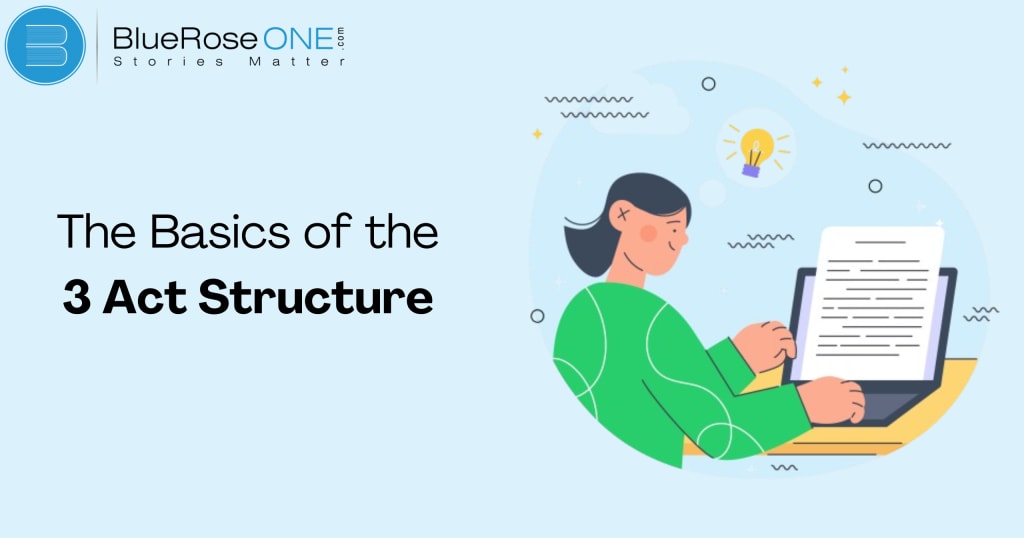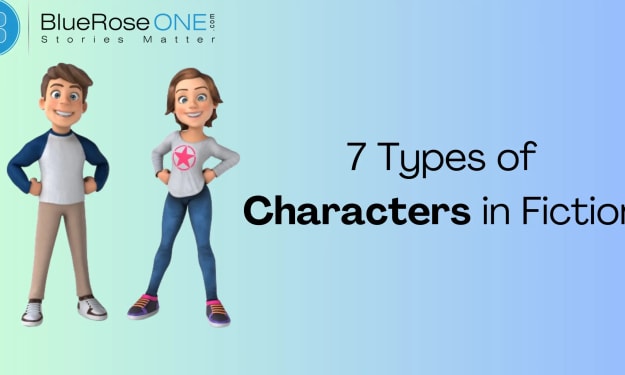The Basics of the 3 Act Structure: A Beginner’s Guide
3 Act Structure

The age-old skill of storytelling enthralls, instructs, and amuses. It’s essential to comprehend the mechanics of storytelling, regardless of writing expertise. The 3 Act Structure is one of the oldest and most reliable frameworks. However, what is it and why does it work so well? Now let’s get started.
Act 1: The Setup
Setting the scene is the main focus of the first act. Picture yourself in a theater, where the curtains open to reveal the scenery and introduce you to the characters. The plot of the entire novel is based on one particular deed.
Introducing the Characters
Act 1 of the three-act structure introduces us to the major characters. This is important since it clarifies for the audience what their goals and identities are. The story opens with you getting to know the protagonist and their world.
Early character introduction helps you establish a rapport with the viewer. They get interested in what occurs next. This preparation is crucial to the three-act structure because it establishes the groundwork for the disputes and difficulties that will surface in Act 2.
Establishing the Setting
One of the most important functions of Act 1 in the 3 Act Structure is setting the scene. This is the section where you present the setting, which includes the characters’ homes, times, and places.
Readers can better visualize the scenario and comprehend the motivations and actions of the characters when descriptions are clear and vivid.
Establishing the scene and capturing the interest of your audience are both dependent on this foundation. The 3 act structure’s well-established setting guarantees that your readers will be engrossed in the narrative from the first.
Presenting the Problem or Goal
Act 1 of the three-act structure is devoted to outlining the issue or objective. Here’s where you present the universe of your main characters. It’s important to determine the characters’ goals and challenges.
You can pique the interest of your audience by outlining the problem or objective in detail. Setting the stage for the entire story and ensuring that everyone is aware of the stakes makes this setup extremely important. This act sets the stage for the audience’s journey through the 3 acts.
Act 2: The Confrontation
Rising Action
Act 2 of the 3 Act Structure is referred to as the “Rising Action” phase. Here, the main character encounters progressively more difficulties and roadblocks. The protagonist has both victories and disappointments while working towards their goal, which heightens the suspense in the narrative.
The plot advances and the characters are further developed as a result of these events. A sense of anticipation for the climax is created by the action’s increasing intensity. As it prepares the audience for the big clash in Act 3, this segment of the three-act structure is essential to the overall engaging and dynamic plot.
Character Development
Act 2 of the three-act structure is when character development really takes off. Here, in the middle, sometimes referred to as “The Confrontation,” the protagonist encounters a number of challenges.
These difficulties compel them to develop and alter. The character’s skills and shortcomings are put to the test as the stakes mount. The spectator learns more about the motivations and characteristics of the protagonist through these experiences.
As the audience watches the character develop and gets ready for the final act, this act is essential for fostering empathy and maintaining viewer interest. Act 2’s strong character development adds to the story’s realism and appeal.
The Midpoint
“The Midpoint” is a pivotal point in Act 2 of the three-act structure. It’s frequently the pivotal moment when the plot drastically changes. The pilot’s path is altered and the stakes are raised by this incident. The protagonist encounters a major obstacle or has to make a crucial choice that heightens the conflict.
This change keeps the viewer interested and moves the narrative closer to its conclusion. The midway is a crucial component of the three-act structure because it helps authors keep their stories moving forward and create tension...Continue reading
About the Creator
Enjoyed the story? Support the Creator.
Subscribe for free to receive all their stories in your feed. You could also pledge your support or give them a one-off tip, letting them know you appreciate their work.





Comments
There are no comments for this story
Be the first to respond and start the conversation.